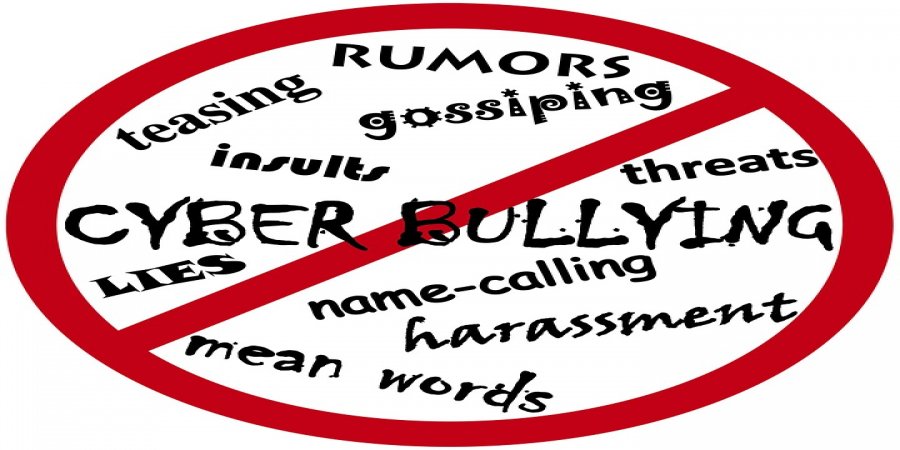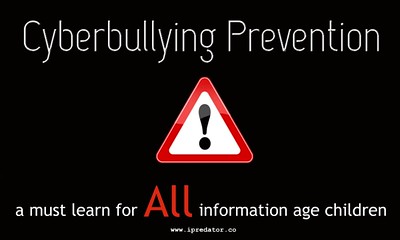By Srijal Srivastava

The internet is viewed as a means of connection, but not many among us notice the decreasing difference between the binary conception of online and offline worlds. Saying that ever-changing technology and ease of data sharing is a marker of the twenty-first century’s technological limb is a cliche, but like any superpower, digital connectivity comes with responsibility. In the digital space, we are consumers and producers of content, but rarely moderators.
Being a digital citizen requires ethical online-conduct, information literacy and appropriate participatory behaviour. The concept of digital citizenship helps in reinforcing the common role of internet users in strengthening the positive aspects of the internet. It is necessary to understand the difference between media literacy and digital literacy in this regard; media literacy requires you to be conscious consumers of information; however, the latter requires safe and ethical participation skills along with conscious consumption. The internet is also full of “empathy traps”, which in the absence of a voice or a face can make us forget that these are real interactions with real consequences.
Though the precise definition of digital citizenship is a contested one among scholars, issues related to cyberbullying and informed conduct online form a significant chunk in the majority of studies. Also, digital citizenship comes under the broad umbrella of digital literacy.
Cyberbullying is perhaps the most conspicuous outcome of a lack of awareness of internet users about positive online behaviour. It occurs when someone is harassed or made fun of online using digital technology. This also includes the sharing of sensitive information without taking the consent of the victim.

Microsoft conducted a survey that covered twenty-five countries in 2012. The survey revealed that fifty-three per cent of the children who participated had been bullied online.
The online space in India can often become a platform for “online sexism” and “advanced forms of misogyny”. The notorious “Boys Locker Room” incident in May 2020 in India is an example of a lack of digital etiquette training even across highly rated educational institutions in the country. Also, numerous women and students in India have openly been threatened for rape on social media platforms for sharing opinions that carry political weightage.
Despite the Indian population’s increasing usage of digital technology, no specific anti-cyberbullying laws exist in India, nor do teachers in educational institutions take an interest in the breach of consent and harassment online as it is considered an issue outside their sphere of concern. The latter argument is not as simple because the spaces on the internet are often an unstructured version of what exists in the physical world where teachers are bound to protect their students from harm from their peers.
The increasing access to technology and cheaper internet services in India along with the push for a “digital India” by some politicians can have grave consequences if people are not informed about rules in cyberspace.
The social aspects of digital literacy include the digital divide and ethnocentric biases as well. The increasing use of information and communication technology in social, political and commercial activities can lead to further marginalization of those who have lower levels of digital literacy. It, therefore, becomes necessary to make the digital sphere inclusive and not just a virtual expression of the structural inequalities that exist in our society. In the 2020 Indian scenario, Kashmir has access to only 2G internet services which is causing a vast digital divide in the society and making the online space less representative in nature. Those who have access to the internet should help to make opinions and instances heard in the online communities.
Social movements online are often linked to the freedom of expression, and expression on these platforms requires a certain amount of digital literacy. Platforms online may also favour discriminatory behaviour. The earnings of most websites depend on the way users engage with the content on their platform. It may be catering to the biases of the users or be a reflection of the creator’s own. Digital literacy becomes a crucial facet to report such content online and discriminate between the good and bad.

As the number of people getting access to the internet and cellphones in tier 2 and tier 3 cities is increasing, it is necessary to have broader and pan-India level cooperation among school administration and companies. This cooperation will ensure that students understand what it means to be a digital citizen. The reason why the focus remains mainly on students here is that research suggests that more than seventy-seven per cent of students who are users of social networking sites became users before the age of 13 and more than fifty per cent have experienced cyberbullying online. Popular “Confession groups” on online platforms give an impetus to the sharing of sensitive information about people without their consent, the power of anonymity in the digital space can and is being exploited in negative ways.
It is true that sections of the population still lack access to necessary digital technology. Deducing from the experiences of the population that has suffered from its negative aspects like online harassment, isn’t it a necessity to create a more inclusive space online before the threats that people face in the offline space due to their caste, class and gender in India invades the online space too? It is time to move on from the cliched notion of “technology invades personal liberty” that is prevalent among people who were not born in the digital era. If our behaviour online is a reflection of our personal socio-economic beliefs, which space is invading which one?

